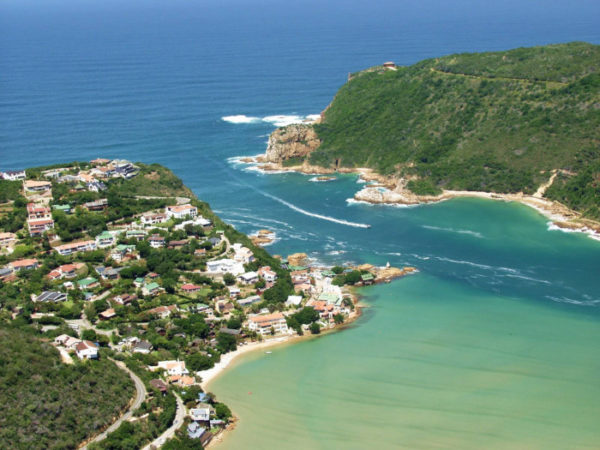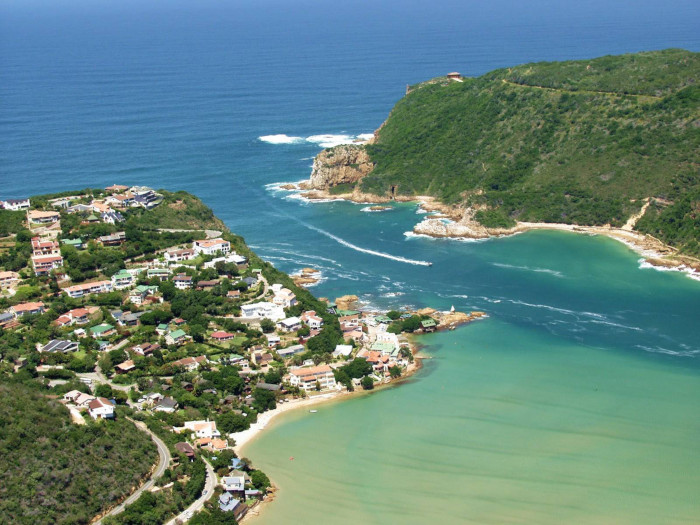Levels of E. coli presence in Knysna Estuary have significantly dropped since February 2019, when high levels of the bacteria in the water were first reported. However, recent readings indicate that the water at sites such as the Ashmead channel, Bongani stream, Salt River and Queens Street is still not safe for recreational use due to contamination.
SANParks, Garden Route National Park spokesperson Nandi Mgwadlamba confirmed that some sites are not compliant with safety regulations due to still having a high reading of E. coli.
“Results of water samples taken three weeks ago show most sites are compliant except for four sites. The Ashmead channel E. coli counts are still high. The Bongani stream is still over the limit at 3200 cfu/100ml and higher than the previous samples of 2100. The Queens Street outlet has shown a drop to 13 cfu/100ml after a number of consecutive readings of over 30 000 cfu/100ml. Salt River is also non-compliant at 970 cfu/100ml,” Mgwadlamba said.

SANParks rangers are regularly taking readings of deepwater samples in Kynsna Estuary to monitor the situation and keep a close eye on E. coli levels. Deepwater channels have not been affected by the bacteria.
In March, the Knysna Municipality Technical Services Director, Pavir Hariparsad, said a chemical contamination in the tanks located at the Waterwaste Treatment Works may be to blame for the presence of E. coli in the estuary.
“Once the problem was identified, the Knysna Municipality, joined by Garden Route District and a consultant, worked tirelessly to correct the bacteria levels to prevent contamination of the Knysna Estuary and to find the source of the harmful substance that resulted in the natural bacteria in our tanks dying off in the first place,” he said.
SANParks has confirmed that work is still underway to resolve the issue and ensure that all water in the estuary is safe for recreational use.
“Park Manager for Knysna, Megan Taplin, also continues to meet stakeholders at least once a month regarding the progress of the estuary. Partners include SANParks, the Garden Route District Municipality, the Breede-Gourtiz Catchment Management Agency (BGCMA), the Knysna Municipality, the Knysna Basic Project and the Provincial Department of Environmental Affairs and Development Planning,” SANParks said in a statement.
All involved are working together to develop methods to lower the bacteria counts at the four sites, along with developing medium- to long-term solutions to the problem.
Picture: Ian Flemming, the Knysna Heads






